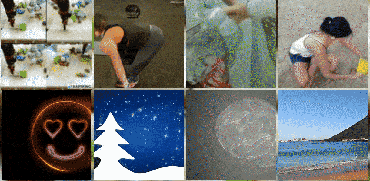Spatially Structured Recurrent Modules
Capturing the structure of a data-generating process by means of appropriate inductive biases can help in learning models that generalise well and are robust to changes in the input distribution. While methods that harness spatial and temporal structures find broad application, recent work has demonstrated the potential of models that leverage sparse and modular structure using an ensemble of sparingly interacting modules. In this work, we take a step towards dynamic models that are capable of simultaneously exploiting both modular and spatiotemporal structures. To this end, we model the dynamical system as a collection of autonomous but sparsely interacting sub-systems that interact according to a learned topology which is informed by the spatial structure of the underlying system. This gives rise to a class of models that are well suited for capturing the dynamics of systems that only offer local views into their state, along with corresponding spatial locations of those views. On the tasks of video prediction from cropped frames and multi-agent world modelling from partial observations in the challenging Starcraft2 domain, we find our models to be more robust to the number of available views and better capable of generalisation to novel tasks without additional training than strong baselines that perform equally well or better on the training distribution.
PDF Abstract


 StarCraft II Learning Environment
StarCraft II Learning Environment